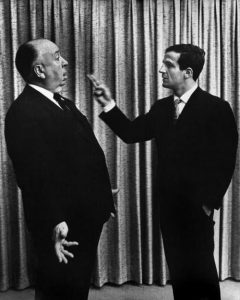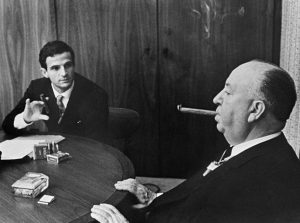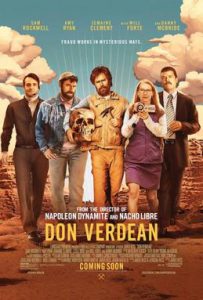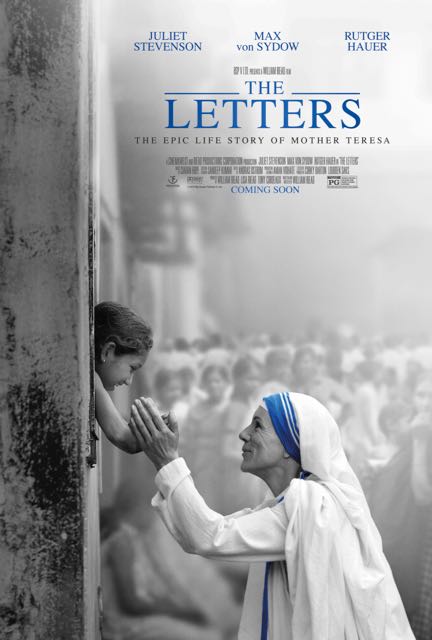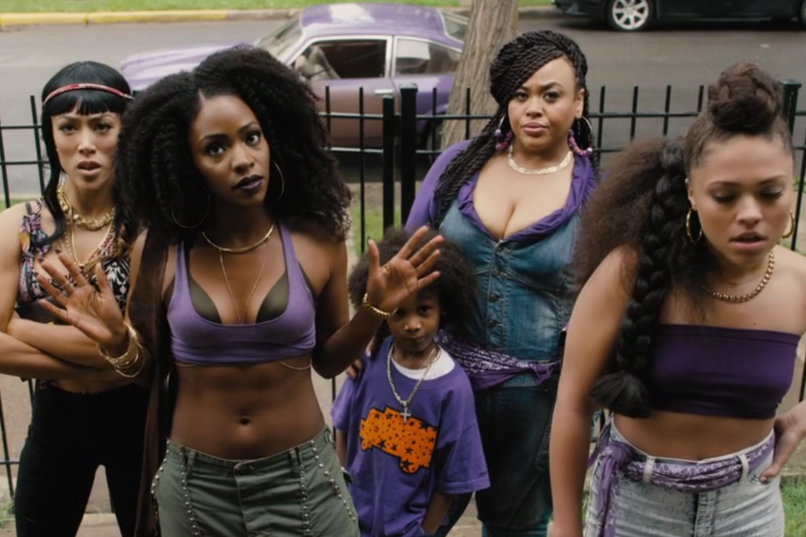Interview: Paul Dalio, Writer/Director of “Touched With Fire”
Posted on February 10, 2016 at 3:56 pm
Paul Dalio is a rap artist, writer, and director whose own bipolar disorder inspired his new film, “Touched With Fire.” In an interview, he talked about how he portrayed the subjective experience of mania for the bipolar poets played by Katie Holmes (Carla) and Luke Kirby (Marco) and how bipolar disorder affected the way he wrote. The imaginative vocabulary and rhythm of his conversation echoed the speeches he wrote for his characters.
https://www.youtube.com/watch?v=U5xTorJad3wIt is very interesting because when I was in the hospital, I just started kind of rhyming compulsively, unconsciously and not trying but it came out that way rhythmically. There were so many rapid associations, with a kind of vivid sensuality that came from hearing each sound and hearing how the sounds move together. There is this rapid burst of emotional rise that almost can’t be satisfied just by normal sentences but almost needs that rapidly repeating sound of the same word that escalates in beat, the same way that music has a burst. And it comes out in these words that have rapid associations. People in the hospital would communicate in ways that might not make sense to us. They would use these word plays to have double meanings or triple meanings. If they’re talking about an egg it could mean the origin of the cosmos or the birth and they might say the egg head as legs and just find some kind of association between them and almost test to see if the other one understood it and then they would play back and forth like that.
I never was into poetry or rap at all until I was manic and then when I left the hospital I couldn’t write screenplays because I couldn’t write things for sane people anymore. I just wasn’t able to tap into the sane mind. But I still had the artistic urges and so it took the form of these raps because rap was almost a way of purging the poison in my veins that I kind of needed an outlet to release. So it was very toxic, what I was experiencing and it was always like puss coming out in words through these vicious, sharp, violent rhymes. I almost took on the identity of the lunatic and every stereotype assigned to me I would wear that face to exaggeration, almost to mock the people who were creating the stereotype and laugh at it and own it to like the tenth degree and be in their face about it, flaunt it. I was certainly going manic again in the rap world, doing rap battles. You are basically competing to see who can be more rhythmically intense with rapid rhyme schemes and more assaulting the person, or more creatively painting out a picture how you are going to cause their demise. And so I would be like the alter ego of Jack the Ripper or the Lunatic Under the Moonlight or breaking out of the Luna Band. It kind of became a way of finding company, too, because you can’t really be around happy people, but the people who I was hanging out with wore suffering as a badge and they embraced my insanity because I was coming up with this crazy stuff. And so that definitely was an outlet, especially when you’re battling a lot of this freestyle improvisation. So you are just kind of writing outbursts of euphoria. And when you write that burst first of euphoria comes out in words there is kind of a thrill to kill in terms of the playfulness of what happens when the two battle rappers bond over assaulting each other.
The film is deeply humane and very sympathetic to both the people with bipolar disorder and other forms of mental illness and the families and health care professionals who try to help them. Dalio said it was important to him to show parents who were caring and supportive.
I did want well-intentioned parents out in the audience to be able to see themselves in these parents. It’s very easy to make the parents the villain, but that’s not at all helpful. I wanted the ones who do want to do right for their children to be able to not only see themselves in the parent but see themselves through the children’s eyes so they can at least know what their children are going through, to at least open up a dialogue to have a talk with their children. There’s just no guide book for something like that. It’s just throws you so off of your orientation as a parent. One of our colleagues put it like this: you’re trying to be reasonable in a very unreasonable situation. That’s what it’s always like for my parents and I wanted to capture the different dynamics that would cause conflict between parents and children. In Carla’s case the intense love and fear is manifest through her very strong mother, which is both life-saving and crippling for Carla as she is trying to break free and be her own person but also needing her mother to survive. And with Marco and his father, it was a different situation. A father is trying to reason with a very erratic person who is rationalizing his own psychosis as very reasonable in itself. And it’s hard to deny that it’s not reason, the books on the floor you can look at titles, you have your patterns and so it is so hard to reason with that.
Dalio literally moved the walls of the rooms in the film to convey the distorted and often exhilarating thinking of Marco and Carla.
Obviously the room colur was reflecting Van Gogh’s starry night but in the initial state there was a lot more clearly man-made stuff, the markers and the construction paper and it was bright light and very even lighting and it was day time. As they started to slowly go manic we had these sliding panels so that we could make them more and more mazelike as they got more and more manic and project more and more spotlights on them and darken the other lights and strip away all of the production and the design that wasn’t celestial looking. And we had it slowly transform progressively as the mania does, it creeps up on you slowly and it’s not like stuff that isn’t real, it’s almost like enhanced reality that can lead to distortion, beautiful or ugly distortion. So yes there was definitely that and the actors had a blast with it.
And in that case while there were lines of dialogue that were written, I gave them a lot of freedom to improvise. I flooded their minds with a whole bunch of loosely associated things that manic people would connect to each other like 13th hour or Christ was the 13th, the 12 minutes of the clock, the pyramids of the corners 3×12, and we did that right before the scene so they just got flooded with it. Then I said, “Take that stuff and go figure out how to go out to space together.” So they were able to just free flow and improvise and use that stuff to passionately connect on going to their planet where they belonged and as the steady cam sort of become more disconnected from the symmetry of the ground and kind of just circled around and floated with them. I would ask the camera operator to be like a plane going that way and just kind of be with them and circulate with them. It was magical how they did it. How they did it was extraordinary actually. They have amazing imaginations and free chemistry. We wanted to show how letting go of the sense can feel very freeing.


